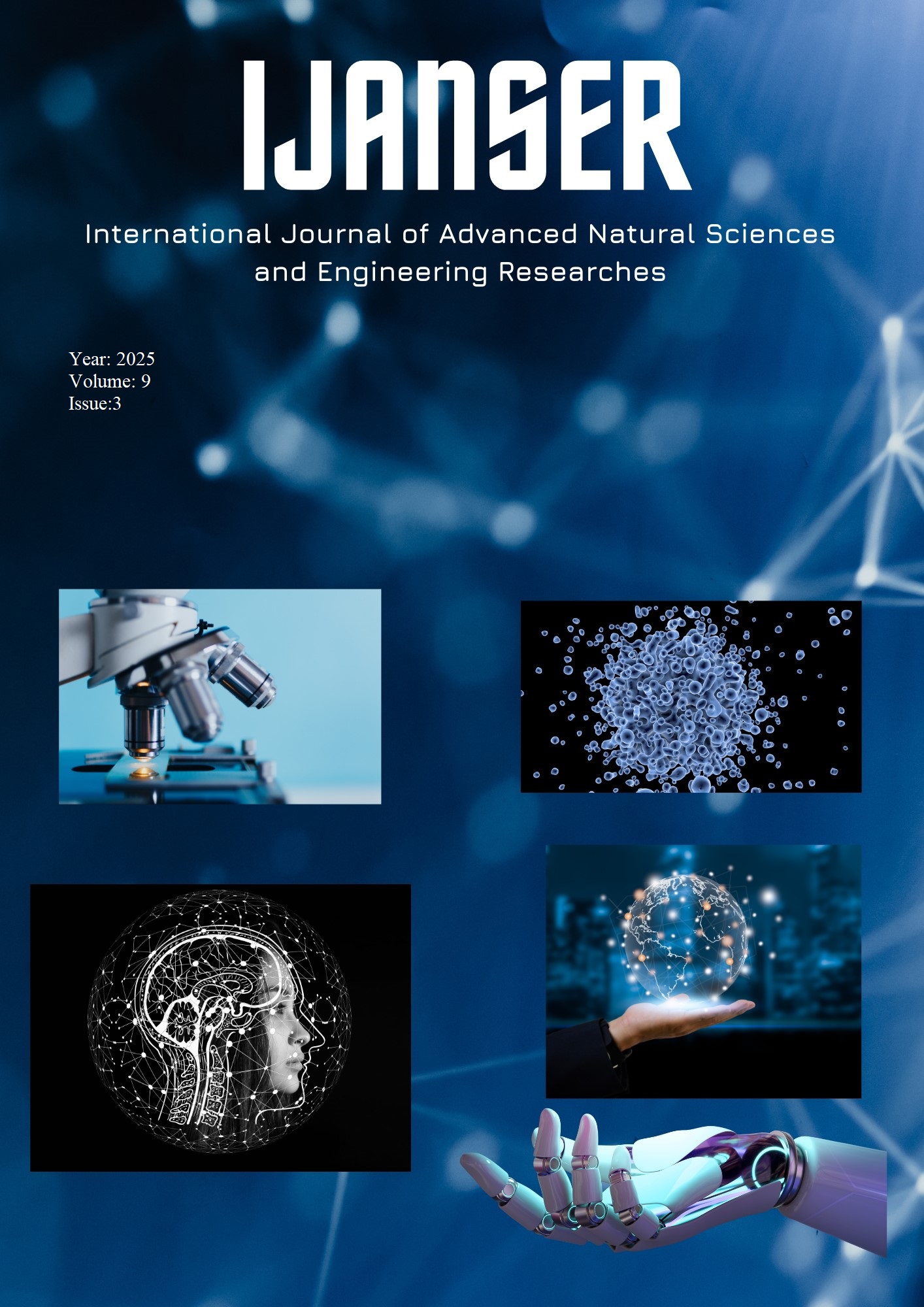Development and Evaluation of Lightweight and Floating Concrete Using Pumice Stones and EPS Beads: A Comparative Study
DOI:
https://doi.org/10.5281/zenodo.14957573Keywords:
Lightweight concrete, Pumice stones, EPS beads, Light weight aggregate, strengthAbstract
The advancement in employing Light Weight Concrete (LWC) for structural and non-structural purposes have enhanced in the recent decades. However, there are reservations when it comes to comparing material cost with load bearing capacity. This study deals with the development of lightweight concrete using inexpensive lightweight aggregate namely as Pumice Stones and EPS Beads. Lightweight aggregate plays a crucial role in construction by reducing the dead weight of the structures, improving thermal insulation and durability in harsh conditions by using light weight components. In this study, EPS beads are utilized to lessen the density of concrete and increase buoyancy, enabling it to float, though lowering its compressive strength while simultaneously recording its effect on strength and density. This analysis will help practitioners gain deeper understanding to improve their mix design to suit specific purposes.





